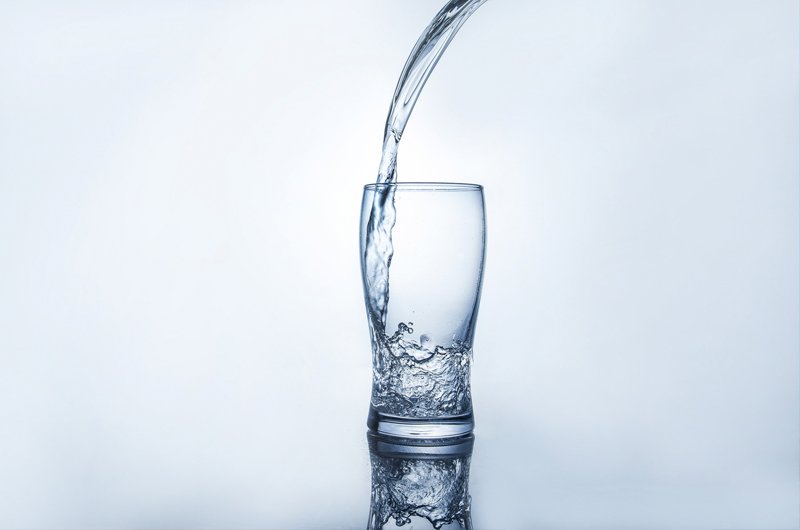RO Membrane
Reverse Osmosis Membrane (RO)
Purifying water through pressure-driven separation.
Water Treatment System & Membrane Selection and Ordering Can Be Easy & Safe
Whether you are replacing an old project or designing a new project, we can provide it for you based on our rich experience. We have professional sales staff to connect with you to solve all your problems from purchasing to using the membrane element.
PRODUCT DESCRIPTION
Proven, Reliable, High-performance water purification
Compared to traditional filtration technologies that rely on a screen or filter to remove particles, reverse osmosis (RO) is a pressure-driven separation process that employs a semipermeable membrane and the principles of crossflow filtration.
Reverse osmosis water treatment provides the finest level of filtration. The RO membrane acts as a barrier to all salts and inorganic molecules, as well as organic molecules with a molecular weight greater than approximately 100. It is therefore a highly effective process for removing contaminants such as:
- Endotoxins/pyrogens.
- Insecticides/pesticides.
- Herbicides.
- Antibiotics.
- Nitrates.
- Sugars.
- Soluble salts.
- Metal ions.
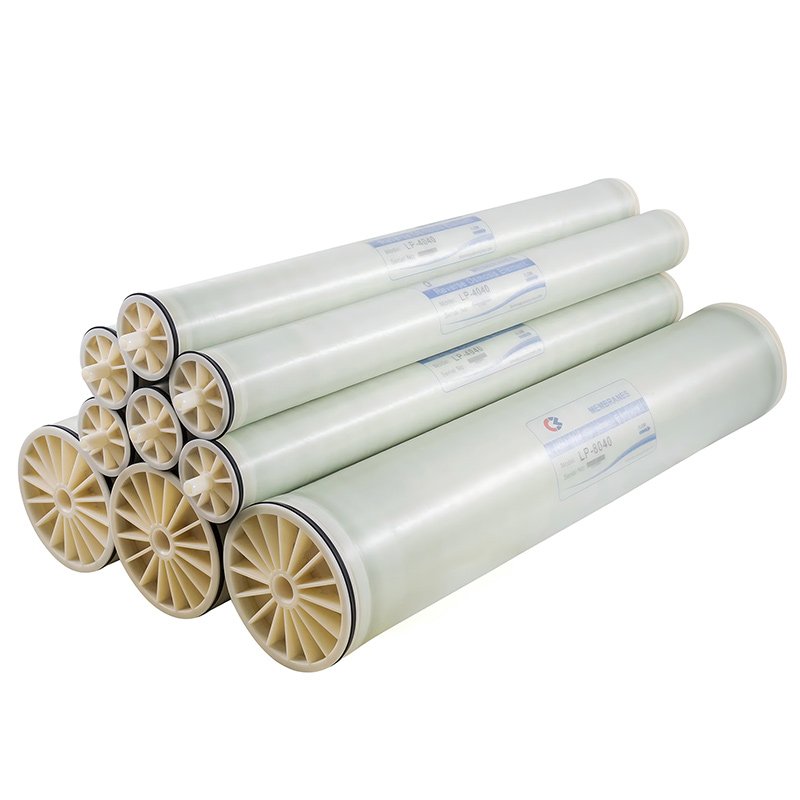

1000+
Worldwide Clients

200+
Projects Completed

60+
Product Service Countries

20+
Years Industry Experience
Brackish Water Series
Low Pressure Series
Ultra-low Pressure Series
Brackish Water Series
Brackish water RO membranes are used to treat brackish water, which is water with a TDS level between 1,000 and 10,000 ppm. Brackish water RO membranes are designed to function at pressures over 200 psi and require more energy than tap water RO membranes. The primary difference between brackish water and seawater is the amount of dissolved salts and solids. The greater the salt content of the water, the higher the pressure or electric power needed to treat the water using membranes.
| Model | BW-2521 | BW-2540 | BW-4021 | BW-4040 | BW-8040 |
| Effective membrane area ft2(m2) | 13(1.2) | 28(2.6) | 36(3.3) | 78(7.2) | 400(37) |
| Average yield GPD(m3/d) | 350(1.3) | 750(2.8) | 900(3.4) | 2500(9.5) | 11000(41.6) |
| Salt rejection(%) | 99 | 99.3 | 99.3 | 99.5 | 99.5 |
| Recovery rate(%) | 15 | 15 | 8 | 15 | 15 |
| Operating pressure psi(Mpa) | 255(1.76) | ||||
| Max.operating pressure psi(Mpa) | 600(4.14) | ||||
Low Pressure Series
The low-pressure(LP) series is an aromatic polyamide composite membrane element used for desalination of medium and low concentration brackish water. It has the characteristics of high desalination rate and large flux. It can be widely used in municipal water supply, surface water reuse, coal chemical industry, and thermal power generation boiler supply. Water, food industry water, textile printing and dyeing, electroplating industry and other fields.
| Model | LP-2521 | LP-2540 | LP-4021 | LP-4040 | LP-8040 | LP-8040-440 |
| Effective membrane area ft2(m2) | 13(1.2) | 28(2.6) | 36(3.3) | 78(7.2) | 400(37) | 440(41) |
| Average yield GPD(m3/d) | 350(1.3) | 750(2.8) | 900(3.4) | 2500(9.5) | 11000(41.6) | 12000(45) |
| Salt rejection(%) | 98.5 | 99 | 99 | 99 | 99 | 99 |
| Recovery rate(%) | 15 | 15 | 15 | 15 | 15 | 15 |
| Operating pressure psi(Mpa) | 150(1.03) | |||||
| Max.operating pressure psi(Mpa) | 600(4.14) | |||||
Ultra-low Pressure Series
The ultra-low(ULP) pressure series optimizes the membrane manufacturing process and has higher water flux and salt rejection rate than the previous generation, as well as better pollution resistance. This membrane element is suitable for desalination and deep treatment of low-salt raw water such as surface water, underground water, tap water, etc. with a salt content of less than 1000ppm. It can achieve high water production under extremely low operating pressure or small membrane area, and can It is widely used in the second stage of wastewater recycling, drinking water purification of various scales, boiler feed water and other fields. It is also an ideal choice in the field of municipal water supply treatment using surface water and well water as water sources.
| Model | XLE-2521 | XLE-2540 | XLE-4021 | XLE-4040 | XLE-8040 | XLE-8040-440 |
| Effective membrane area ft2(m2) | 13(1.2) | 28(2.6) | 36(3.3) | 78(7.2) | 400(37) | 440(41) |
| Average yield GPD(m3/d) | 350(1.3) | 750(2.8) | 900(3.4) | 2500(9.5) | 11000(41.6) | 12000(45) |
| Salt rejection(%) | 98.5 | 99 | 99 | 99 | 99 | 99 |
| Recovery rate(%) | 8 | 15 | 8 | 15 | 15 | 15 |
| Operating pressure psi(Mpa) | 110(0.76) | |||||
| Max.operating pressure psi(Mpa) | 600(4.14) | |||||
Products
FAQ
Everything you want to know about CM is here
Always a pre-production sample before mass production;
Always final Inspection before shipment;
How do I know when to clean a reverse osmosis system?
In normal operation, the membrane surface in RO elements can become fouled by mineral scale, biological matter, colloidal particles and insoluble organic constituents. Deposits build up on the membrane surfaces during operation until they cause loss in normalized permeate flow and/or loss of normalized salt rejection.
Elements should be cleaned whenever any of the following conditions occur:
· the normalized permeate flow drops by >=10%
· the normalized salt passage increases by >=10%
· the normalized differential pressure (feed pressure minus concentrate pressure) increases by >= 15% from the reference condition established during the first 48 h of operation.
If cleaning is delayed, system performance recovery may be less effective.
How to improve the efficiency of reverse osmosis systems?
To improve the efficiency of reverse osmosis systems, methods such as optimizing pre-treatment processes to reduce suspended matter and particle content in the source water and minimize membrane fouling; adjusting operational parameters like pressure, flow rate, and temperature to achieve optimal filtration results; regularly cleaning and replacing filters and membrane elements to keep the equipment in good condition; and selecting high-performance reverse osmosis membrane materials to enhance membrane permeability and anti-fouling capabilities can be adopted.
What is the lifespan of a reverse osmosis membrane?
The service life of a reverse osmosis membrane depends on several factors, including water quality, pressure, temperature, and usage frequency. Generally speaking, the lifespan of residential reverse osmosis membranes is about 3-5 years, while industrial membranes may require more frequent replacement and maintenance.
What should be noted in the maintenance of reverse osmosis systems?
Reverse osmosis systems need regular filter replacement and membrane element cleaning to maintain their good filtration performance. Additionally, it is important to ensure that the system’s pressure and flow are within the design requirements to avoid damage due to improper operation.
How to choose an appropriate reverse osmosis membrane?
Reverse osmosis systems need regular filter replacement and membrane element cleaning to maintain their good filtration performance. Additionally, it is important to ensure that the system’s pressure and flow are within the design requirements to avoid damage due to improper operation.
Application
Municipal Sewage
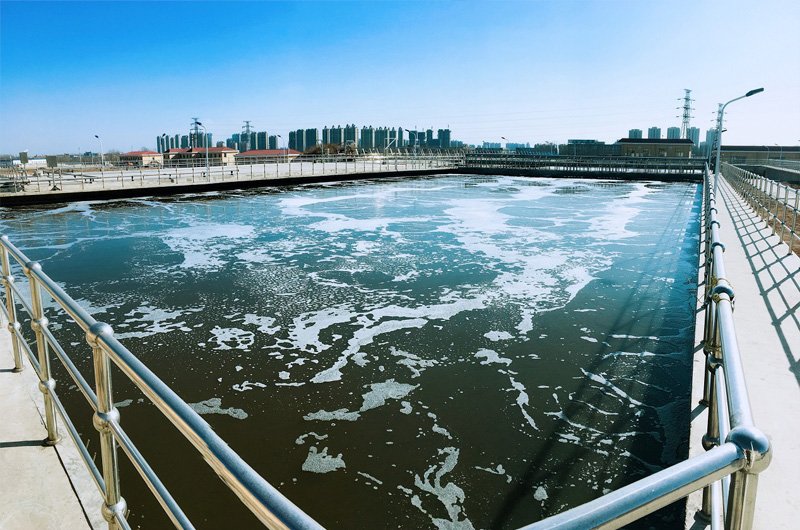
Energy Industry
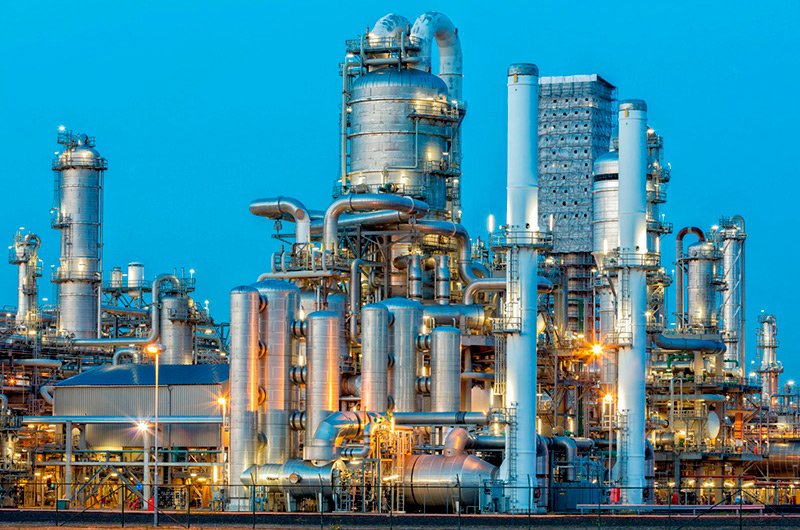
Chemical Industry
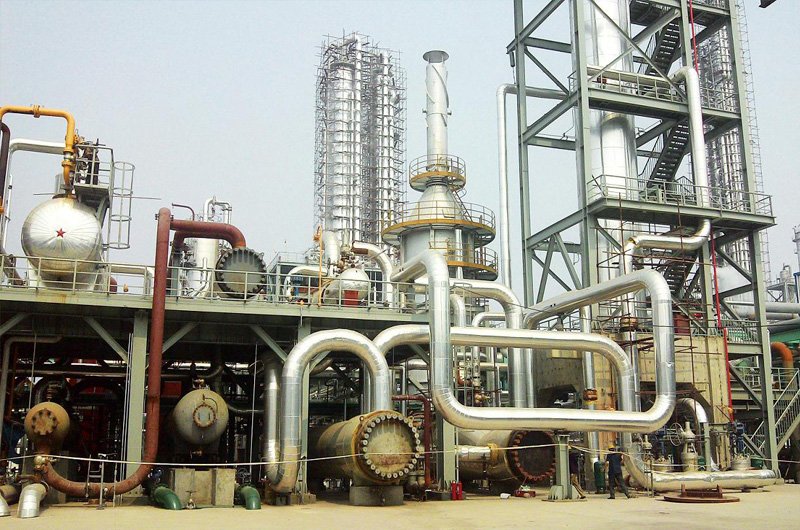
Seawater Desalination

Drinking
